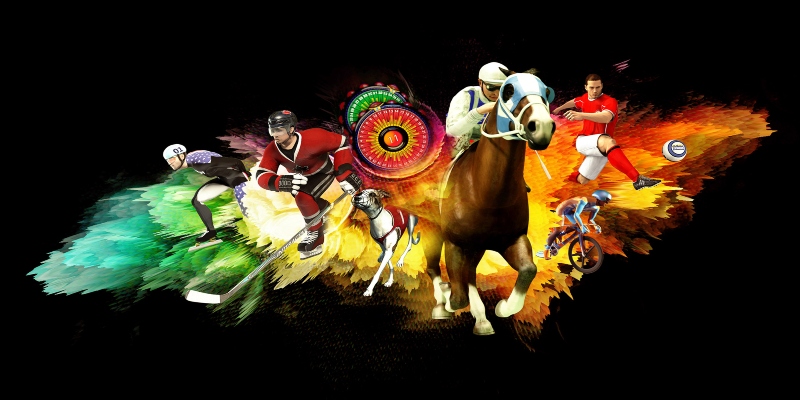
Virtual sports have emerged as a popular alternative to traditional sports betting and entertainment options. These simulated games use advanced computer-generated graphics to create an immersive experience for viewers, with outcomes determined by complex algorithms rather than real-world factors. This article will explore the growing trend of virtual sports, examining their origins, how they work, and their increasing popularity, particularly during the years we spent in lockdown. We will also discuss the potential benefits and drawbacks of virtual sports, and how they may impact the future of sports entertainment and betting.
How do virtual sports work?
Virtual sports are computer-generated simulations of real-world sporting events. These simulations are created using advanced software and algorithms that generate realistic graphics and physics to mimic the dynamics of real sports.
In virtual sports, the computer algorithm determines the outcome of the event, rather than the actions of real players or animals. The algorithm takes into account various factors, such as the teams or players involved, their statistics and form, and random chance elements. The events are typically short and fast-paced, lasting just a few minutes, with pre-recorded commentary and sound effects to enhance the experience. Viewers can watch the events live or on-demand and can place bets on the outcome using online sports betting platforms.
Virtual sports can include a wide range of sports, such as football, basketball, horse racing, and greyhound racing. They offer a convenient and accessible way for sports fans to enjoy their favourite sports and sportbet options, particularly when real-world events are not available or accessible.
How are virtual sports generated?
There are several proprietary graphics engines used to generate virtual sporting events. There’s not much public information about their inner workings. However, here’s some general information about a few of the most well-known platforms:
● Virtual Gaming Worlds by SportsHub Technologies allows users to create and customize their own avatars, which can be used to compete in a variety of virtual sports, including basketball, football, and horse racing. The platform uses a sophisticated 3D engine to create realistic graphics and animations and allows users to interact with each other in real-time.
● Virtual Sports by BetConstruct also offers a wide range of virtual sports, including football, basketball, tennis, and horse racing. The games are designed to be fast-paced and action-packed and use sophisticated algorithms to ensure fairness and randomness. The platform also includes a variety of betting options, allowing users to place bets on the outcome of each game.
● Virtual Sports by Inspired Entertainment also covers football, basketball, horse racing, and greyhound racing, among others. The games are designed to be realistic and immersive, using motion capture technology to create lifelike animations and movements. The platform also includes a variety of betting options and allows users to watch live streams of the games in real-time. There are many other platforms that offer virtual sports, each one with its unique features and capabilities.
In conclusion
Virtual sports have become increasingly popular as an alternative to traditional sports betting and entertainment. These computer-generated simulations of real-world sporting events are created using advanced software and algorithms that produce realistic graphics and physics to mimic the dynamics of real sports. Unlike real-world sports, the outcome of virtual sports is determined by the computer algorithm, which considers various factors such as player or team statistics, form, and random chance elements. Viewers can watch the events live or on-demand and place bets on the outcome using online sports betting platforms. Virtual sports can include a variety of sports, such as football, basketball, horse racing, and greyhound racing, among others.

